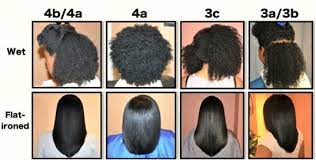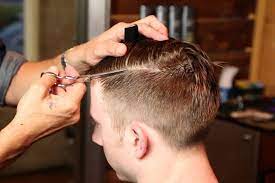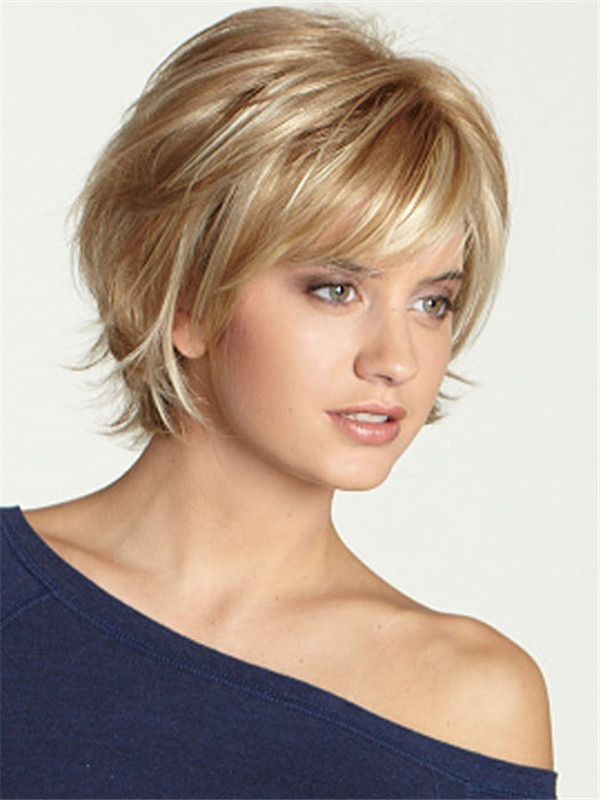
As Black women began embracing their natural hair textures rather than altering them chemically to conform to Euro-centric beauty standards, afros became increasingly fashionable. Iconic examples include activist Angela Davis and stars from films like BlacKkKlansman wearing Afros, which inspired many others to return to natural textured locks.
Afro
The Afro is a celebrated style that honors black hair. Popularized during the Black Power Movement of the 1960s by black activists and entertainers as an expression of defiance against beauty norms and refusal to assimilate into white society, its appeal still holds strong today. Maintaining healthy and full afro hair requires proper conditioning and moisture-binding treatments, with regular trims helping it grow faster and protecting it against damage. A short afro can be styled into an eye-catching mohawk for a more striking appearance.
Black hair Color and Glossiness
Black hair color options are seemingly limitless, from dark brown and jet black shades to various other variations. Black locks have an irresistibly glossy sheen that reflects light beautifully; in direct sunlight, it may even seem almost blue!
Big Chop
The Big Chop is an effective option for women transitioning their hair from its natural state. Some may choose this hairstyle at the beginning or midpoint of their wild hair journey; others opt for it midway. Undergoing a significant haircut change can be both daunting and emotional. To help smooth out the experience, having a support system before undertaking this challenge will allow you to sidestep negative comments from others and focus on your growth process without fear. As part of your big chop journey, selecting an experienced stylist who understands natural hair may be your best bet. Aim for someone with experience doing considerable chops; ask for photos or testimonials when possible to ensure you make an informed decision.
Co-Wash
Co-wash, or conditioner washing, is a hair cleaning method that involves replacing shampoo with a gentle conditioner cleanser to provide more beneficial cleansing for curly, wavy, or kinky locks prone to dryness and breakage as it helps them retain natural oils and moisture levels. It has become trendy among curly-wavy-kinky-haired people as a solution. If you’re considering co-washing, make sure that the cleanser you choose contains no sulfates or silicones – this will prevent over-saturating your hair with the product, leading to dryness, itching, or frizziness. Keep in mind your hair type when selecting a moisturizing co-wash. For example, those with high-porosity hair should try deep conditioning with shea butter and argan oil; low or normal-porosity hair might benefit from milder formulations.
Curls
Curls are an iconic hairstyle and are currently very trendy. Wear yours loose or tame them for a sleek runway look; using layers and bold color solutions will ensure they stand out. If you have 3A curls, natural products (like shea butter) will help maintain moisture and define them. They tend to experience shrinkage frequently, so hydration should occur often to keep them looking their best. 3B coils tend to be tighter and coarser in texture than 3A ones and more susceptible to frizzing and loss of definition. To maintain these curls, use a rich curl cream and work it through your locks section by section with your fingers.
Natural
Since the late 18th century, Black women have felt pressure to straighten their hair to fit in with white society. Many used perms, hot combs, and dyes to achieve straight, fine locks like those seen among whites. In the 1990s, the natural movement inspired Black people to embrace their roots by returning to a style commonly referred to as nappy hair, although once seen as a derogatory term. Now, many people of color reclaimed it. Lupita Nyong’o, Beyonce, Solange Knowles, and Janelle Monae are among many prominent Black celebrities with textured hair who choose to rock the lay-your-edges style, an integral part of Black culture that allows women to show off their texture without using heat to do it.

